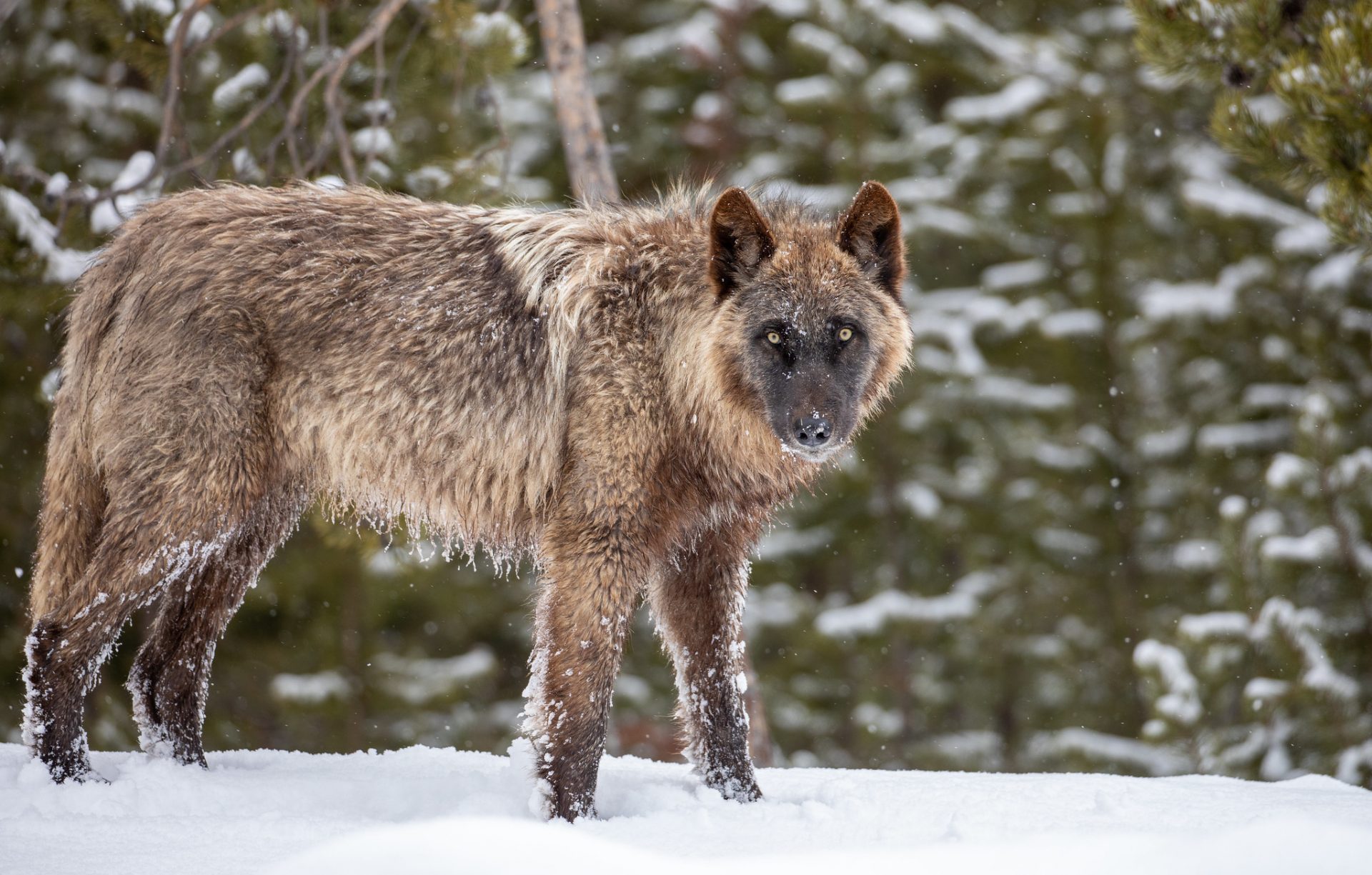
By Zac Taylor
Cody Enterprise
Via- Wyoming News Exchange
CODY – For two decades, Wyoming’s wolf population has been above the minimum population number to be considered a recovered species.
Wyoming Game and Fish recently released its annual report on the population of wolves in and around Yellowstone National Park.
According to the report, at the end of 2021, the gray wolf population in Wyoming remained above minimum recovery criteria, making 2021the 20th consecutive year Wyoming has exceeded the numerical, distributional and temporal recovery criteria established for wolves by the U.S. Fish and Wildlife Service.
At least 314 wolves in more than 40 packs (including more than 23 breeding pairs) inhabited Wyoming statewide on Dec. 31. Of the total, there were more than 161 wolves and more than 24 packs (including more than 14 breeding pairs) in the Wolf Trophy Game Management Area, which includes the Greater Yellowstone Ecosystem outside of the national parks.
There were 97 wolves and more than eight packs (including six-plus breeding pairs) in Yellowstone National Park; more than 17 wolves and more than three packs (including two-plus breeding pairs) in the Wind River Reservation; and more than 39 wolves and at least five packs (including one-plus breeding pair) resided in areas where wolves are designated primarily as predatory animals in Wyoming.
A total of 107 wolf mortalities were documented statewide in Wyoming in 2021: 62 in the WTGMA, 38 in areas where wolves are primarily designated as predatory animals, six in Yellowstone, and one in the Wind River Reservation. Humans caused 84% of wolf deaths, 13% were attributed to natural causes and 3% unknown.
Fifty-six wolves were captured and radio-collared for monitoring and research in 2021.
In 2021, G&F implemented a wolf hunting season with the biological objective to stabilize the wolf population at approximately 160 wolves in the WTGMA.
A mortality limit of 47 wolves was divided between 13 hunt areas in the WTGMA and one hunt area in the Seasonal WTGMA (hunt area 12). Wolf hunting seasons were open Sept. 15-Dec. 31, with the exception of hunt area 12 (opened on Oct. 15) and hunt area 13 (closed March 31). The hunting season for each hunt area closed at the season’s end date or when the mortality limit in the hunt area was met, whichever occurred first.
A total of 30 wolves were killed during the 2021 wolf hunting season. In addition, the 2020 wolf hunting season was extended from Jan. 1-March 31 in hunt area 13, during which two wolves were taken.
Wolves were confirmed to have killed or injured 109 head of livestock (50 cattle, 53 sheep, five livestock-guarding dogs, and one horse) statewide in 2021.
Wolf-livestock conflicts in the WTGMA were the lowest recorded since 2010, while conflicts in the seasonal WTGMA and year-round predatory animal area increased.
Thirty-two wolves were lethally and legally removed by agencies or the public in an effort to reduce livestock losses (17 in the WTGMA, 15 in predatory animal areas in the state).





